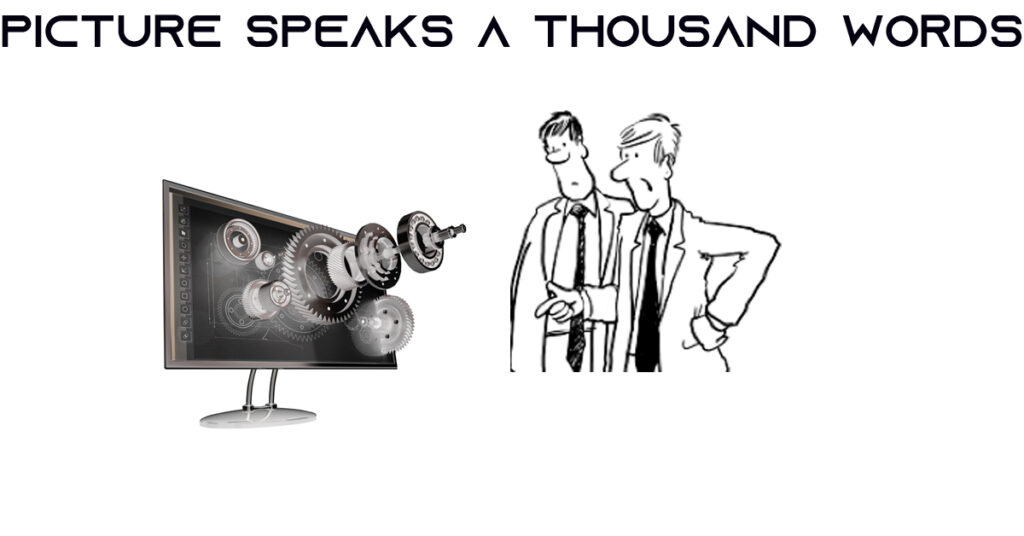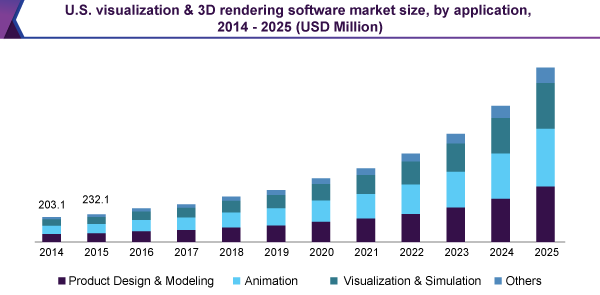
Visualization is a key part of Product Lifecycle Management (PLM). It is the innovative form of product graphics, 3D product providing enables manufacturers as well distributors to enhance a variety of business processes. Manufacturers are the structure for the commercialized connected smart world. Products that are produced comprises of facility components are usually tough to connect with illustrations and also product images alone. Therefore, 3D visualization assists manufacturers to connect their product design and development to consumers as part of New Product Development (NPD) process and also to develop totally customized new items. Process of developing a 3D rendering, everything begins with a Computer Aided Design (CAD) 3D model of the part or component.

Product visualization is only making use of visualization software (PTC – Creo View, Siemens – Teamcenter JT2Go, Dassault – 3DEXCITE, OpenBOM – Integrated 3D Viewer) innovation to check out and also control 3D designs, technical drawings along with various other documents related to the product. Every product is being made according to consumer specifications. Product design and development is an elaborate process and NPD team member are furnished with proper technological Visualization to surpass customer expectation.

3D Visuals are being made use of for the design layout and fast prototyping process in mostly all commercial fields. Digital mockup (DMU) is an idea that enables the summary of the product, normally in 3D, for the entire life process. DMU enables designers to make as well configure intricate products as well as validate their style without ever before needing to develop a physical design.
Final Thoughts:
3D Visualization makes use of lightweight 3D models with different degrees of detail using data frameworks along with PDF makes it possible for designers to visualize, evaluate, and connect with large quantities of product information in real-time. Similarly, document management in neutral format also helps process engineering team members. Overall, it lowers the risk of design errors as well oversights, and equips NPD stakeholders to join the product design and development process.

